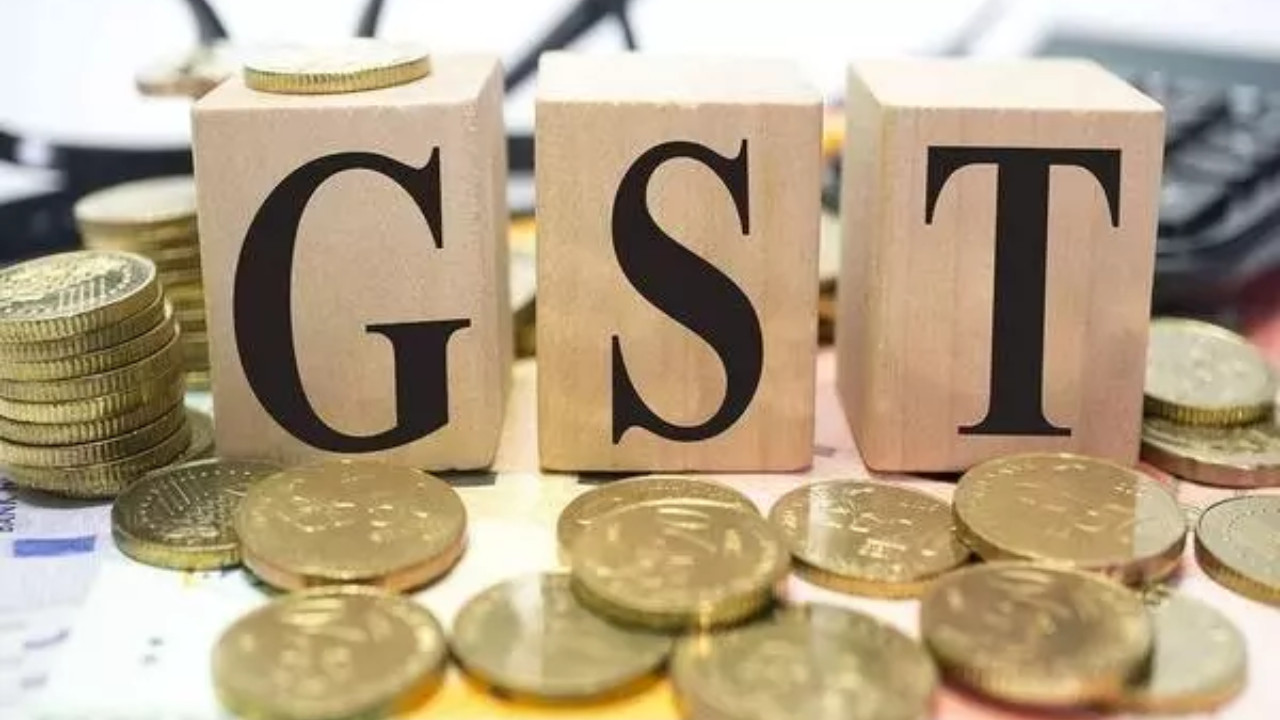China’s government subsidies, aimed at boosting domestic consumption, have spurred a surge in digital product sales, generating approximately $20 billion in just four months. Over 48 million consumers participated, purchasing 51.48 million products. This initiative has led to a significant increase in retail sales of communication appliances and a shift towards higher-end smartphones.
China’s Digital Shopping Spree: Are Subsidies Painting the Whole Picture?
Okay, folks, let’s talk China. Specifically, let’s dive into the wild world of their digital marketplaces, because something fascinating (and potentially a little controversial) is happening there. We’re hearing reports that in just four months, digital product sales in China have skyrocketed, hitting a cool $20 billion. Twenty. Billion. Dollars. Let that sink in for a moment.
Now, usually, when you see numbers like that, you’re thinking about innovative tech, irresistible product design, or maybe a genius marketing campaign that just clicked with consumers. And while those things undoubtedly play a role, the story behind this particular surge is a bit more nuanced. The not-so-secret ingredient? Government subsidies.
Yup, the Chinese government has been actively pumping money into promoting the consumption of digital products. Think of it like this: they’re giving consumers a little nudge, a little financial sweetener, to encourage them to buy everything from smart home gadgets to the latest e-books. And, judging by that $20 billion figure, it’s working…sort of.
On the surface, this looks like a massive economic win. More sales, more growth, more…well, more everything! And there’s certainly a positive spin to be had. These subsidies could be helping to close the digital divide, bringing tech access to areas that might otherwise be left behind. They could be fostering innovation, encouraging companies to develop new and exciting digital products, knowing there’s a guaranteed (and subsidized) market. And they could be boosting overall economic activity, creating jobs and generating wealth.
But before we start popping champagne corks, let’s pause and consider the bigger picture. Subsidies, in any market, are a complex beast. They’re essentially artificial stimulants, jolting the economy in a specific direction. And while a temporary jolt can sometimes be exactly what’s needed, relying on them long-term can lead to distortions.
Think about it. Are consumers really wanting those products, or are they just buying them because they’re cheaper thanks to the subsidy? If the subsidy were to disappear tomorrow, would sales plummet? That’s the crucial question. And if the answer is “yes,” then you’re not looking at genuine, sustainable growth. You’re looking at a bubble waiting to burst.
This also raises concerns about fair competition. When the government throws its weight behind certain sectors, it can unintentionally create an uneven playing field. Smaller companies, or those not favored by the subsidy program, might find it difficult to compete. This can stifle innovation in the long run, as the market becomes dominated by a few subsidized players.
Moreover, there’s the question of sustainability. Can the government afford to keep these subsidies flowing indefinitely? And even if they can, is it the best use of public funds? Could that money be better spent on education, healthcare, or infrastructure? These are tough questions, and there are no easy answers.
Beyond the purely economic aspects, there’s also a cultural angle to consider. Does heavily subsidizing digital consumption shape consumer behavior in a way that’s ultimately unhealthy? Are we encouraging a culture of instant gratification and over-consumption? Are people buying things they don’t actually need, simply because they’re cheap?
It’s easy to get caught up in the excitement of these massive sales figures. Twenty billion dollars is nothing to sneeze at. But it’s crucial to look beyond the headlines and understand the underlying dynamics. The Chinese government’s approach to boosting digital product sales is certainly bold, but it’s also fraught with potential pitfalls.
📬 Stay informed — follow us for more insightful updates!







